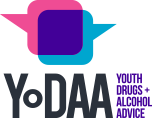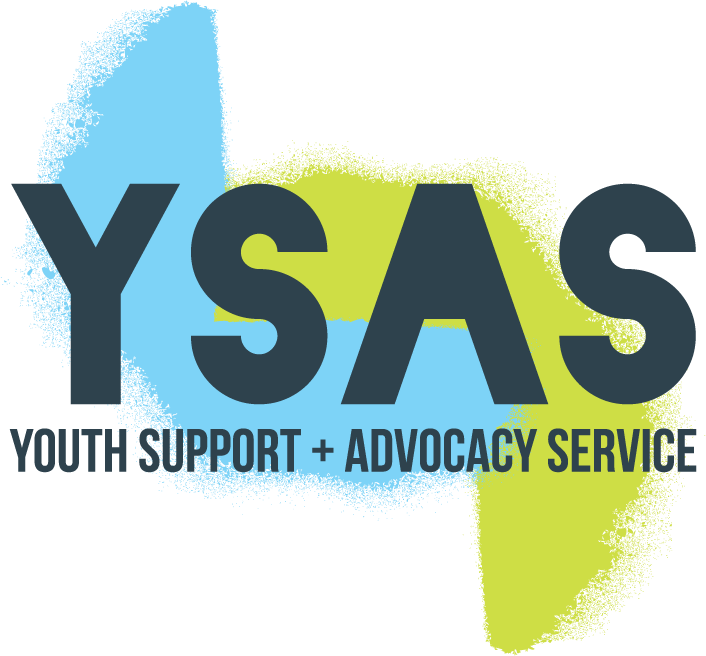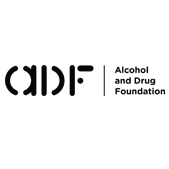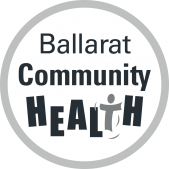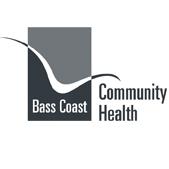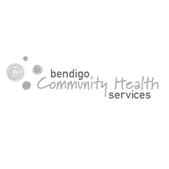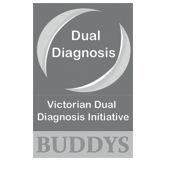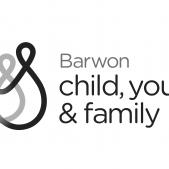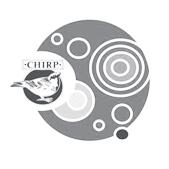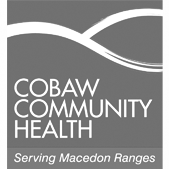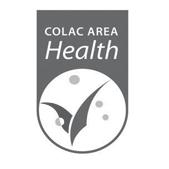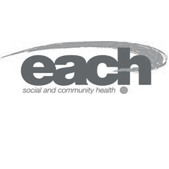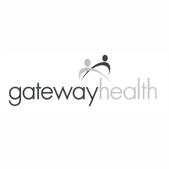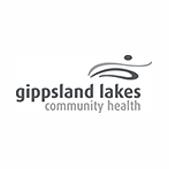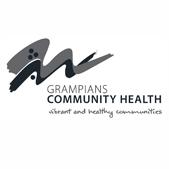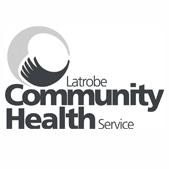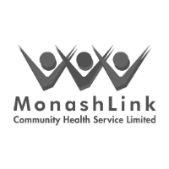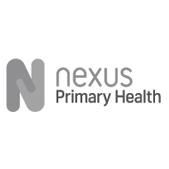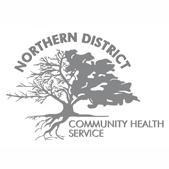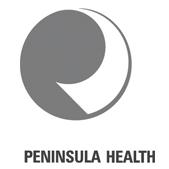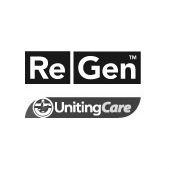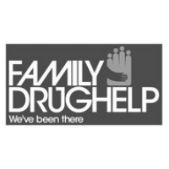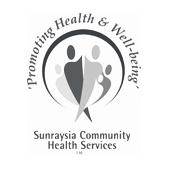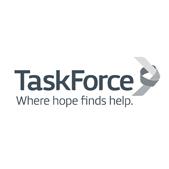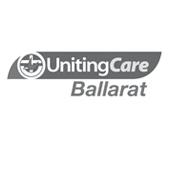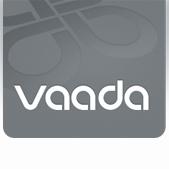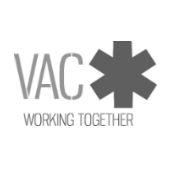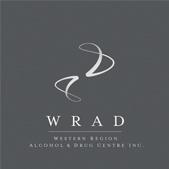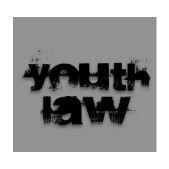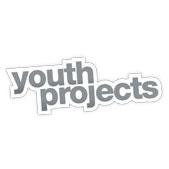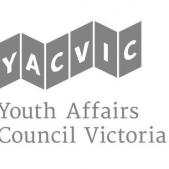Drug Facts
GHB/ GBL-Fast facts for families
If a young person uses a small amount of GHB they may appear in a similar state to if they had used alcohol. They may be in a state of euphoria, be less inhibited or even be sleepy.
WHAT?
GHB (gamma hydroxybutyrate) is depressant, it slows down the rate of in which our brain sends chemical messages to the rest of the body. It used to be used as a legal anaesthetic. Although it slows the bodies reactions down it is mostly (but not always) used as a drug at parties and clubs.
GBL (gamma-butyrolactone) and 1,4-BD are chemicals that are closely related to GHB. Once GBL or 1,4-BD enter the body, they convert to GHB almost immediately. When GLB and 1,4-BD are made industrially ingredients are added to it which makes people vomit after they have consumed.
OTHER NAMES
‘G’, fantasy, grievous bodily harm (GBH), liquid ecstasy, liquid E, liquid X, salty water, juice, soap, scoop, cherry meth and blue nitro.
HOW COMMON IS USAGE?
In the general population GHB is nowhere near as commonly used as cannabis or alcohol, especially for people under 20 years of age.
In 2013, 0.3 per cent of Australians over age 14 had used GHB (National Drug Strategy Household Survey, 2013).
It's also not a drug that is commonly used by young people needing treatment for drug problems but this doesn’t mean use is not risky or problematic.
SIGNS TO WATCH OUT FOR
GHB is a clear liquid with astringent bitter or salty taste odourless, usually sold in small bottles or vials or in soy sauce fish capsule. Also comes as a bright blue liquid, known as ‘blue nitro', and less commonly as crystal powder.
HOW CAN I TELL IF A YOUNG PERSON IS USING?
If a young person uses a small amount of GHB they may appear in a similar state to if they had used alcohol. They may be in a state of euphoria, be less inhibited or even be sleepy.
It is important to note that GHB appears to be dose dependant due to the manufacturing of it. This means that it is easy to overdose on.
Overdose symptoms include difficulty being roused or woken, incoherence, sweating, vomiting, irregular or shallow breathing, or involuntary muscle contractions. There have been no reported deaths of a person who has overdosed on GHB if they have been taken to hospital. An ambulance should be called if any of these symptoms are evident.
Didn’t find what you are looking for? We know families and carers can be pretty worried when they are looking for info so we’ve just given you the most relevant fast facts for families and carers. For a more comprehensive guide we recommend the ADF’s fact sheet. Remember, we understand how stressful it can be when you are worried about a young person. Talk to YoDAA for free, confidential info, advice and referral.
